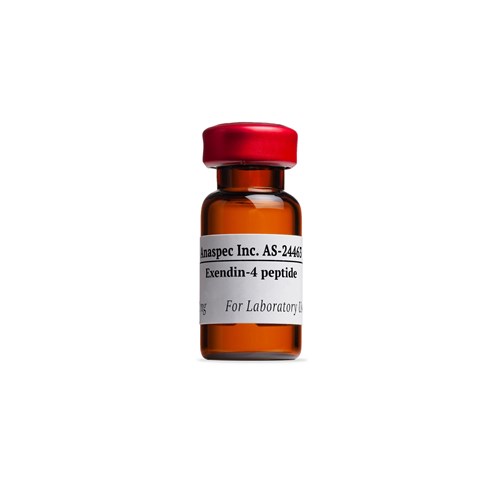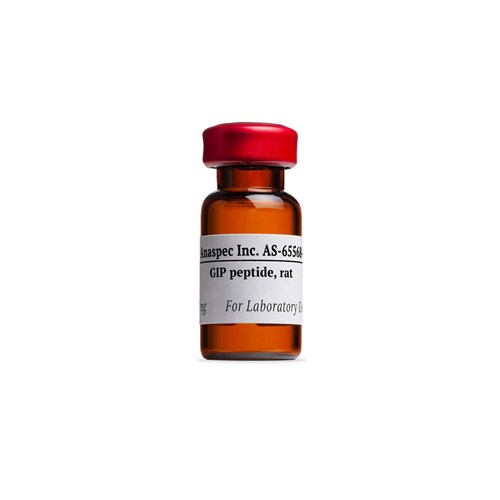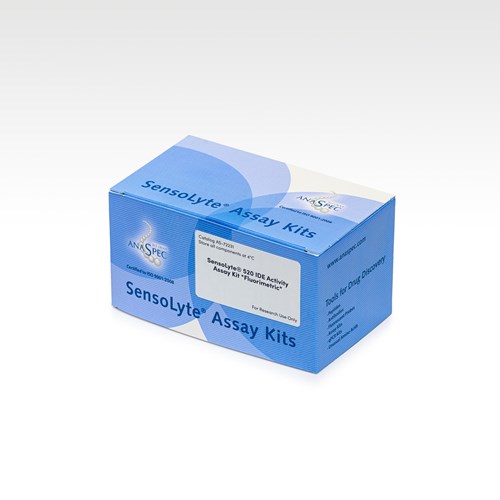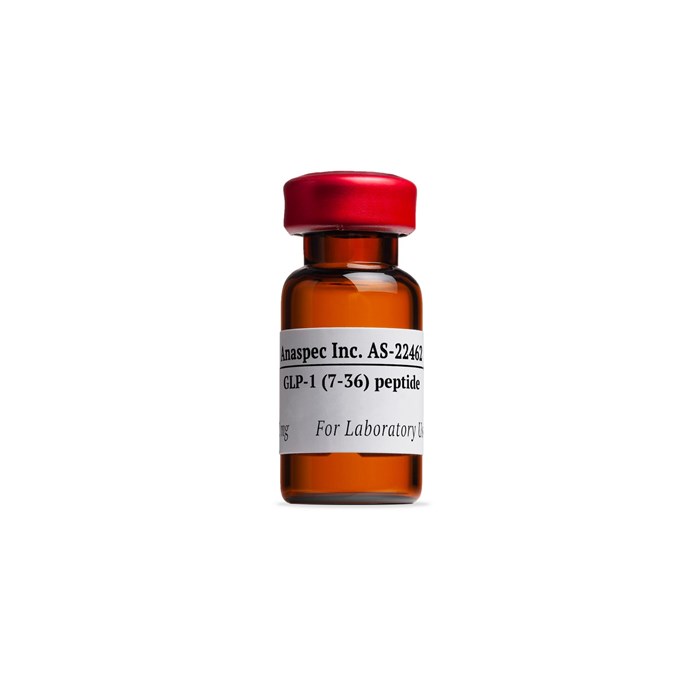Glucagon-Like Peptide 1, GLP-1 (7-36), amide, human, mouse, rat, bovine, guinea pig
- Cat.Number : AS-22462
- Manufacturer Ref. :
-
Availability :
In stock
Alternative choices
GLP-1 (7-36) amide is an incretin hormone that causes glucose dependent release of insulin by pancreatic beta cells. It is the cleavage product of GLP-1 (1-36) amide peptide. Both GLP-1 (7-36) and GLP-1 (7-37) also play roles in gastric motility (gastric emptying), on the suppression of plasma glucagon levels (glucose production) and possibly on the promotion of satiety and stimulation of glucose disposal in peripheral tissues independent of the actions of insulin. GLP-1 (7-36) has a short half life of less than 2 minutes, and like GIP, is rapidly degraded by the enzyme dipeptidyl peptidase IV (DPP-4), which is widely expressed in a number of sites, including the endothelial cells of small gut arterioles. DPP-4 degrades GLP-1 (7-36) into the non insulinotropic GLP-1 (9-36) (some studies suggest it may have weak insulinotropic activity). As a result, the majority of GLP-1 (and GIP) is inactivated as an insulinotrope before reaching the systemic circulation.
Specifications
| Chemistry | |
| Sequence one letter code |
|
|---|---|
| Sequence three letter code |
|
| CAS registry number |
|
| Molecular Formula |
|
| Molecular Mass/ Weight |
|
| Modification | |
| Conjugation |
|
| Quantity & Purity | |
| Purity |
|
| Storage & stability | |
| Form |
|
| Storage Conditions |
|
| Activity | |
| Biomarker Target | |
| Research Area | |
| Sub-category Research Area | |
| Usage |
|
| Source | |
| Source / Species |
|
| Codes | |
| Code Nacres |
|
Downloads
You may also be interested in the following product(s)



Citations
A glucagon-like peptide-1 analog liraglutide suppresses macrophage foam cell formation and atherosclerosis.
Peptides . 2014 Jan 10 ; 54 19 | DOI : 10.1016/j.peptides.2013.12.015
- Y. Tashiro
- et al
Glucagon-like peptide-1 counteracts the detrimental effects of Advanced Glycation End-Products in the pancreatic beta cell line HIT-T 15.
Biochem Biophys Res Commun . 2010 Jun 30 ; 398(3) 462 | DOI : 10.1016/j.bbrc.2010.06.100
- A. Puddu
- et al
